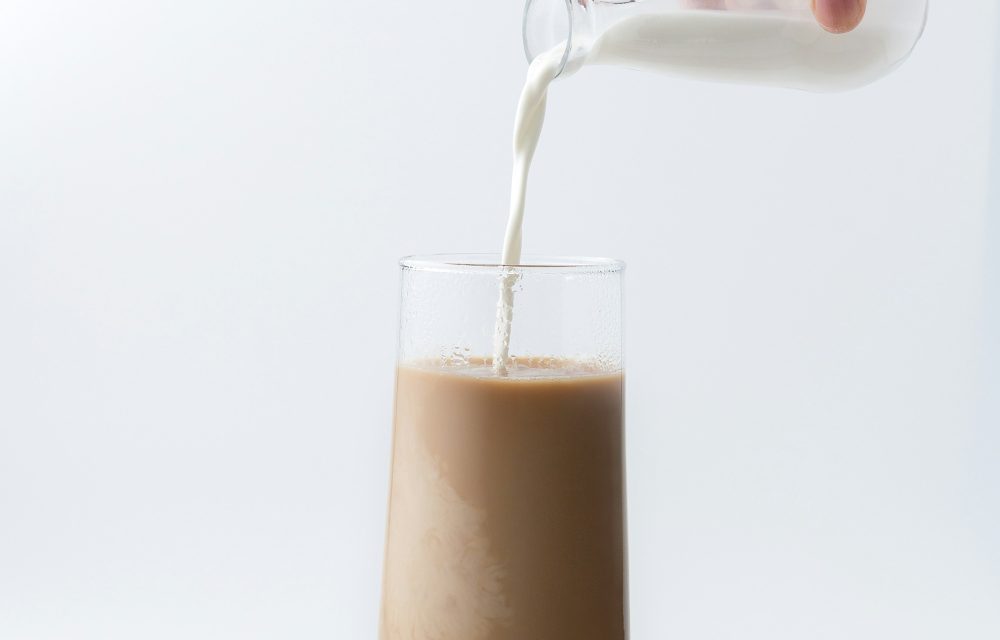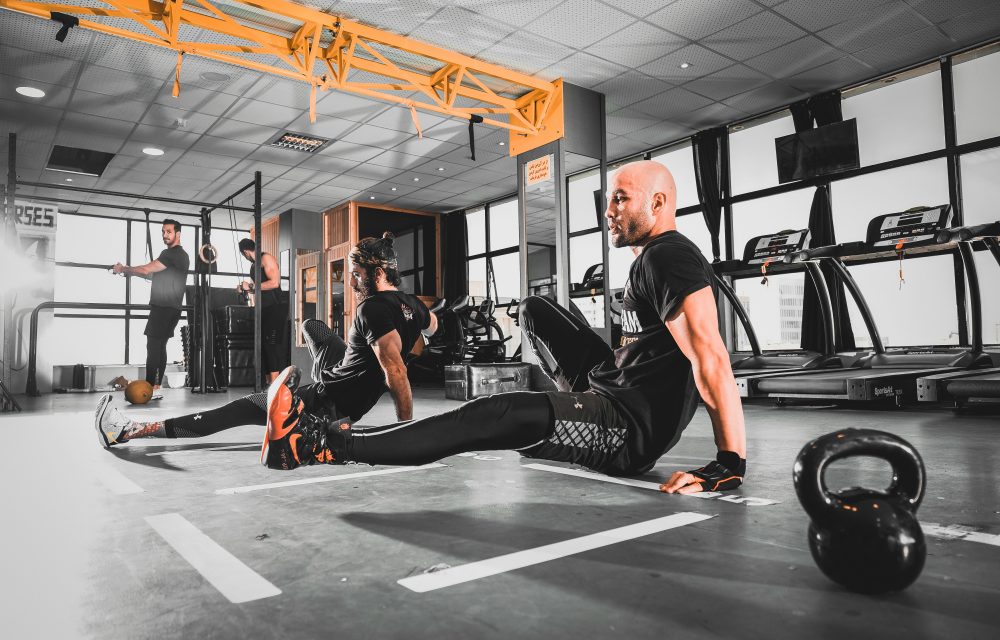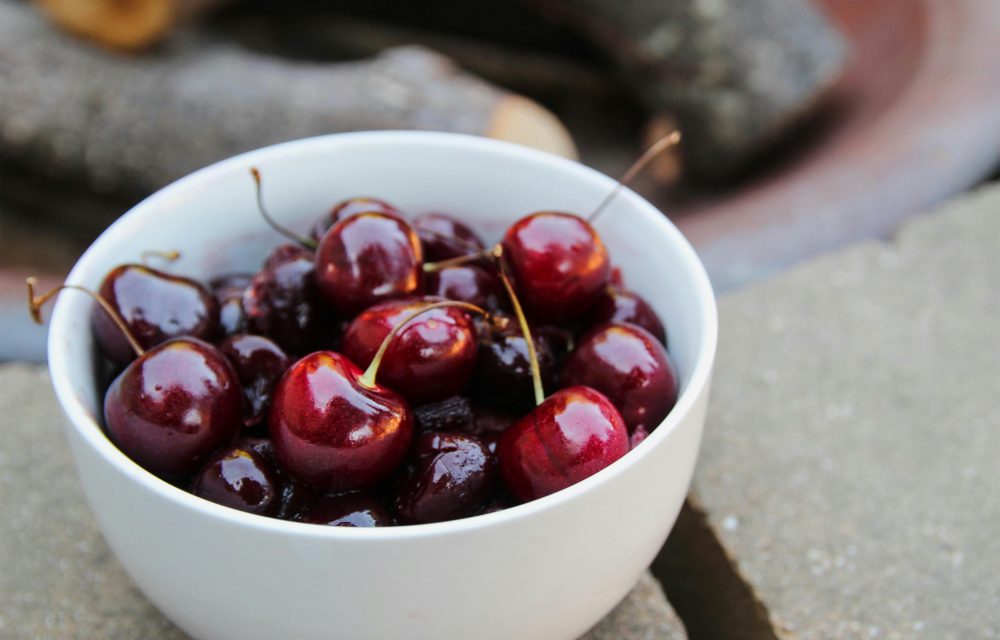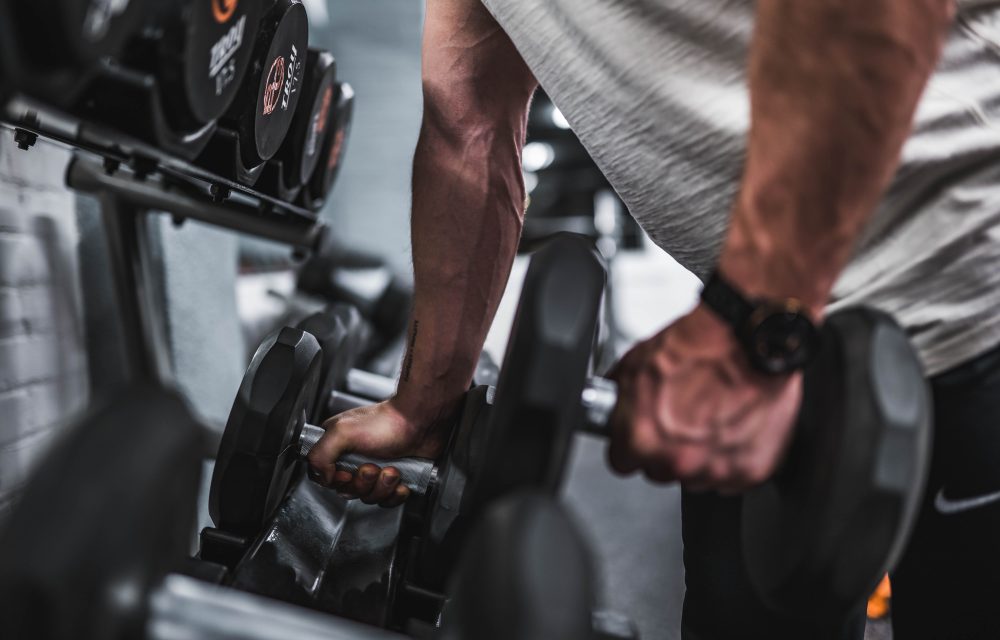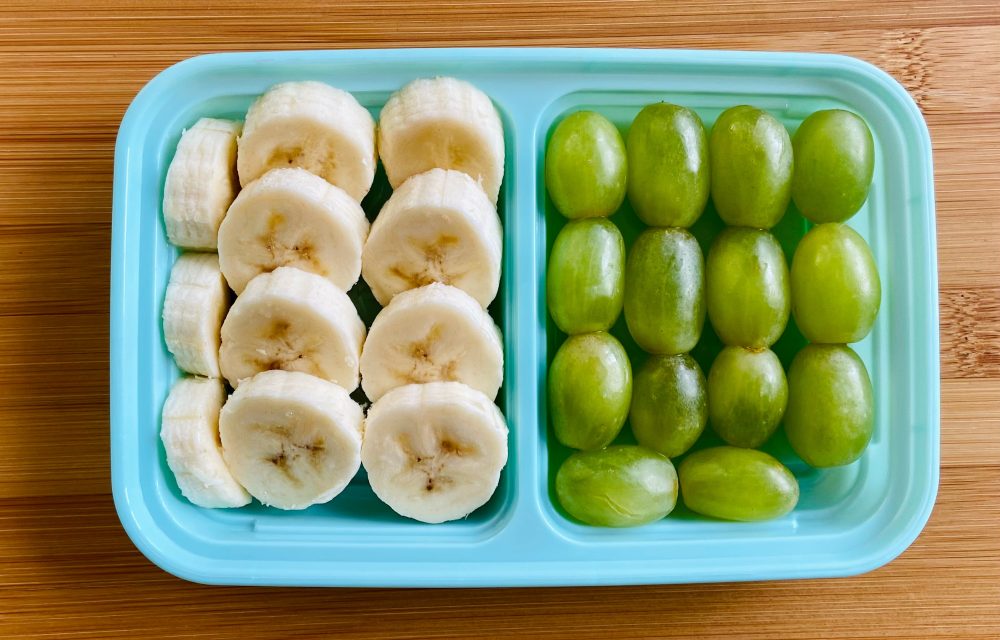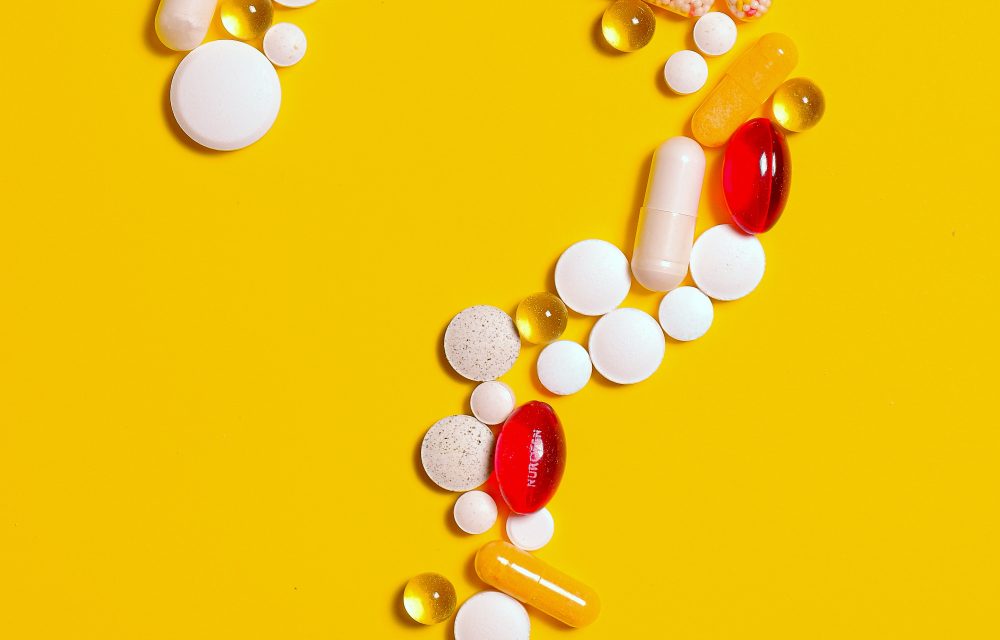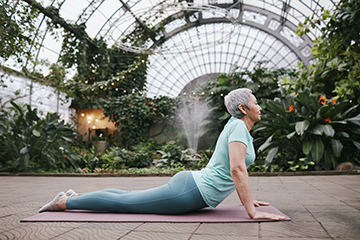Pre-Workout Foods For Optimal Performance
Snacking can be beneficial. Many people in Alexandria, VA, use a healthy snack as a pre-workout food. Whether you consume an entire meal two to three hours before exercising or a snack about 30 to 60 minutes before, it will improve your performance and jump-start recovery. Snacks should be between 100 to 200 calories and combine protein and carbs. The carbs provide instant energy, and the protein boosts it later in the workout. It is also a macronutrient that is necessary for building muscle tissue.
If you choose a meal instead of a snack, keep it healthy and simple.
Avoid greasy foods or meals high in simple sugar. High-fiber meals can also be a problem. Both fat and fiber take a long time to digest. Eating large amounts of either can create digestive issues, bloating, and discomfort during exercise. If your meal or snack is primarily simple carbs, you may have a lot of energy when you start, but you’ll crash before the workout ends. It should be high in complex carbs that take longer to break down and a good source of protein. Chicken salad on whole wheat toast or an omelet with fruit are examples.
The closer you get to your workout time, the smaller your meal should be.
If you’re choosing a snack an hour to two hours before working out, you can make the snack more substantial and closer to the 200-calorie amount. Oatmeal topped with fruit and some peanut butter is one option. A protein shake that includes berries or a banana is another option. A simple snack is fruit and yogurt or celery sticks and nut butter.
If you have a blender, make your snack at home.
You don’t need a snack you have to chew. Smoothies are excellent choices. Just keep it around 200 calories. You can use whole milk, almond milk, or other milk substitute. If you use milk substitutes, include another protein source, like nuts, nut butter, or protein powder. Almond milk has approximately one gram of protein, oat milk has four grams, and traditional dairy has eight. Add berries, a banana, or other fruit, and it’s ready to drink. Use frozen berries and make enough to drink half immediately, putting the rest in a thermos for a post-workout snack.
- A simple pre-workout snack is a glass of chocolate milk, although it’s even better as a post-workout one. It has a beneficial balance of magnesium, calcium, and potassium to refuel muscles.
- Cubed watermelon is an excellent pre-workout snack. It’s easy to digest, hydrates, and contains all essential amino acids, including L-citrulline, which enhances performance and reduces soreness. Sprinkle on some feta, mozzarella, Parmesan, or goat cheese for extra protein.
- Apple slices with peanut or other nut butter give you immediate energy while maintaining it throughout the session. Veggies and hummus dip or Greek yogurt dip are also good choices.
- Do you exercise the first thing in the morning? Overnight oats combined with sweet berries are the perfect pre-workout option. You can even add a little honey since the fiber in oats slows glucose absorption.
For more information, contact us today at Team Worx Fitness

